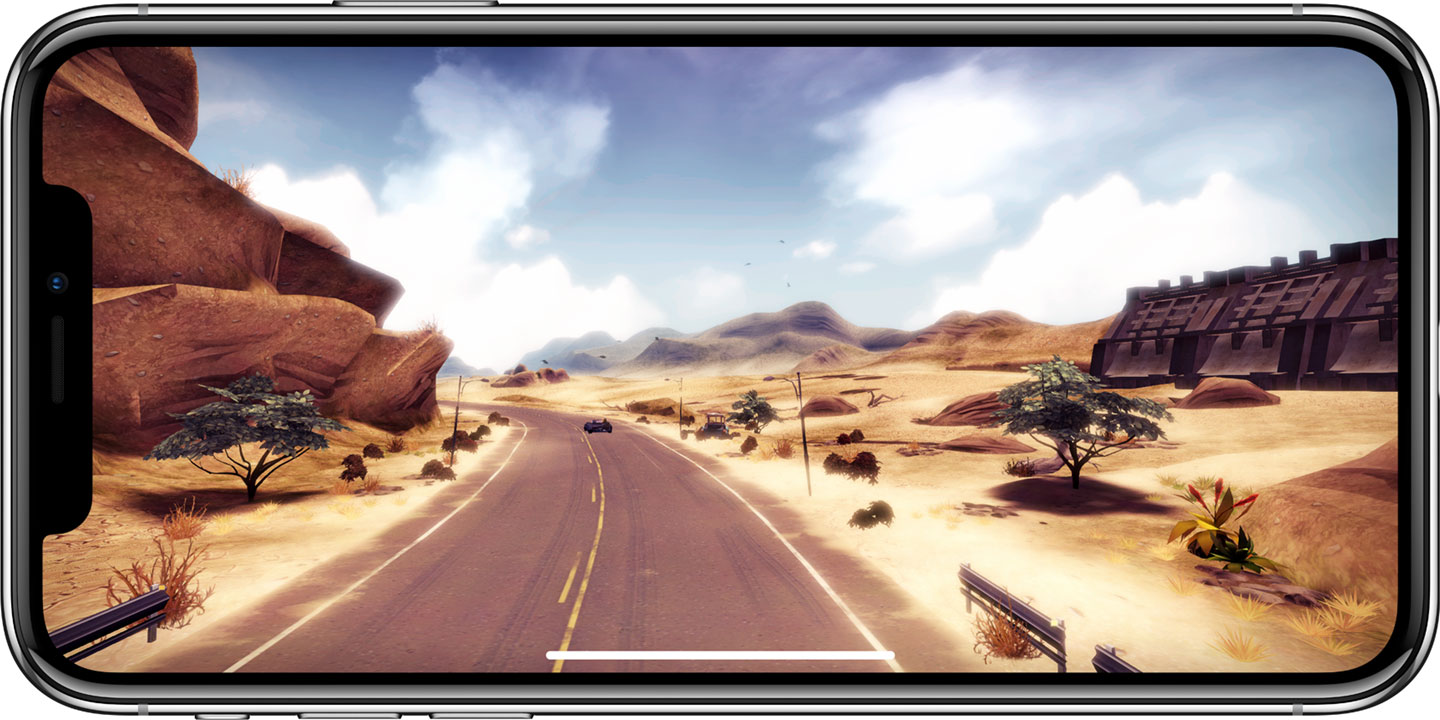Over at The Verge, Vlad Savov examines the ‘notch’ at the top of the new iPhone X:
Draw me an iPhone.
The lines may be squiggly, the rounded corners imperfect, but almost everyone you pose this challenge to will present you with the shape of a rectangle containing another rectangle sat atop a circle. The iPhone’s silhouette is the most iconic outline in all of modern technology, recognized by even diehard Android fanboys and featured on the side of “Made for iPhone” accessory boxes around the world. It’s a brand and a logo in its own right.
Now, after 10 years of the home button and big bezels, Apple is giving us something new. The notch. The monobrow. The annoying black protrusion getting in the way of your photos and videos. However you choose to see the black cutout housing sensors at the top of the new iPhone X, you will most definitely see it. And Apple wants it that way.
Like most humans on planet Earth, I had a knee-jerk, negative reaction to the notch/unibrow at the top of the iPhone X the other day.
But as I’ve sat with my thoughts and let them marinate, I’ve gathered a more holistic view on the unibrow. I agree with what former Windows Division President, Steven Sinofsky, said on Twitter:
We’re all going to be ok, people. The reason why I think we’ll be ok is because it dawned on me that the majority of apps I use daily on my iPhone, I use in portrait mode. I check email in portrait mode. I browse the web in portrait mode. I read books in portrait mode. I play music in portrait mode. I use Maps and Waze in my car with my iPhone mounted in portrait mode. Instagram is portrait-only.
Youtube is the only app I use in landscape mode.
I’m willing to bet this is the case for most iPhone users (I have no data on this, just a guess). Video is the most obvious and most nasty exception, but I noticed in a demo yesterday that as is the case now, you double-tap a video you’re watch to toggle between a letter-boxed, scaled down video, and one that fills the entire screen. When a video is viewed uncropped in letterbox mode, the notch goes away.
Games are the other case where the notch would be most annoying. I wonder if game creators will factor this into updates of their games and work around it.
I respect that Apple doesn’t shy away from the unibrow. They don’t try to downplay it. Even in the iconography for iPhone X they depict the unibrow. They could have easily advised designers and developers to hide it by blacking out the whole horizontal space at the top of the screen but they didn’t.

